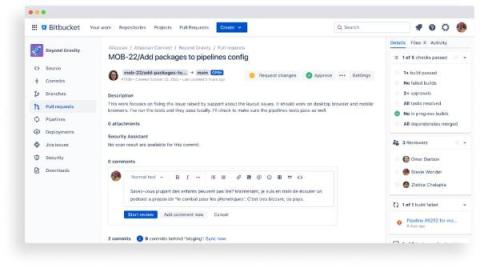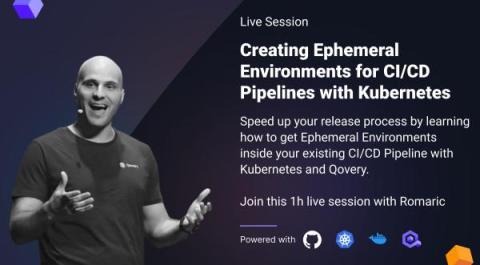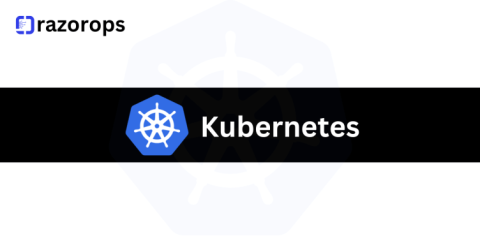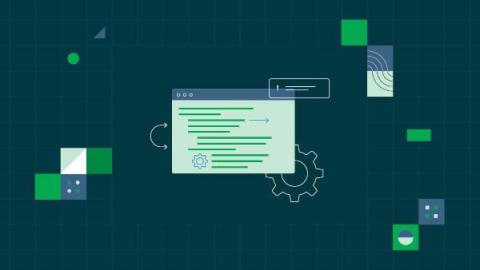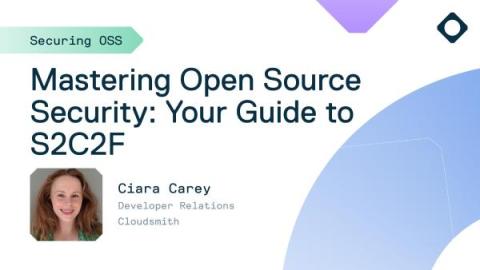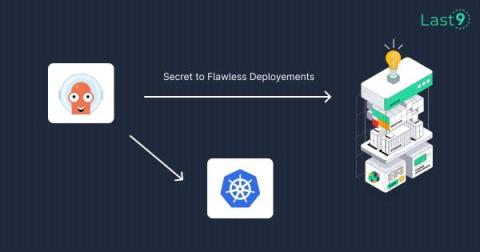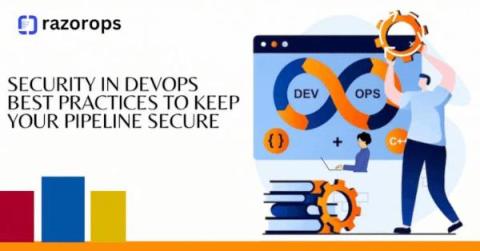Operations | Monitoring | ITSM | DevOps | Cloud
Latest News
Creating Ephemeral Environments for CI/CD Pipelines with Kubernetes
K8s Exercise Labels and Annotations
Kubernetes, often abbreviated as K8s, has revolutionised the way we manage containerized applications. It provides a robust platform for orchestrating and managing containers at scale. One of the key features that sets Kubernetes apart is its powerful metadata system, which includes labels and annotations. In this blog post, we’ll take a comprehensive look at how labels and annotations work in Kubernetes and how you can leverage them to enhance the management of your applications.
Build and evaluate LLM-powered apps with LangChain and CircleCI
Generative AI has already shown its huge potential, but there are many applications that out-of-the-box large language model (LLM) solutions aren’t suitable for. These include enterprise-level applications like summarizing your own internal notes and answering questions about internal data and documents, as well as applications like running queries on your own data to equip the AI with known facts (reducing “hallucinations” and improving outcomes).
Mastering Open Source Security: Your Guide to S2C2F
Welcome to our 2nd blog in our series on how to securely consume Open Source Software (OSS). Attacks targeting OSS are on the rise, making the security of your software supply chain a top priority. The 1st blog gave an overview of some of the most common types of attacks. Today we’ll explore the Secure Supply Chain Consumption Framework (S2C2F) that can help you mitigate against these attacks.
Deploy a Dockerized Spring Boot app to Azure App Service
Incompatible hardware is a common cause of application failures for distributed teams. Most teams depend on containerization tools like Docker to prevent these failures. But is there any way to automate the deployment of Docker images more efficiently and intuitively? In this article, I will show you how simple it is to do this by combining CircleCI and Microsoft Azure to build a CI/CD pipeline for a Dockerized Spring Boot project.
Introducing the World's First Dashboard for GitOps Environments
Defining multiple environments in Argo CD and promoting an application between them is one of most popular questions for companies that adopt GitOps for their applications. While we have offered several guidelines in the past for organizing your GitOps environments, today we are taking it further by announcing a complete product that helps you visualize the full lifecycle of an application as it moves through different stages. Meet the new Codefresh GitOps Environment Dashboard!
Leveraging DevOps Principles for Streamlined SMS Campaigns
Real-Time Canary Deployment Tracking with Argo CD & Levitate Change Events
Security in DevOps Best Practices to Keep Your Pipeline Secure
Software development, DevOps practices have become a cornerstone for organizations looking to streamline their processes and deliver high-quality software. While the agility and efficiency DevOps brings to the table are undeniable, it’s essential to remember that security should never be compromised in the pursuit of speed. In fact, it should be an integral part of the entire DevOps lifecycle.


